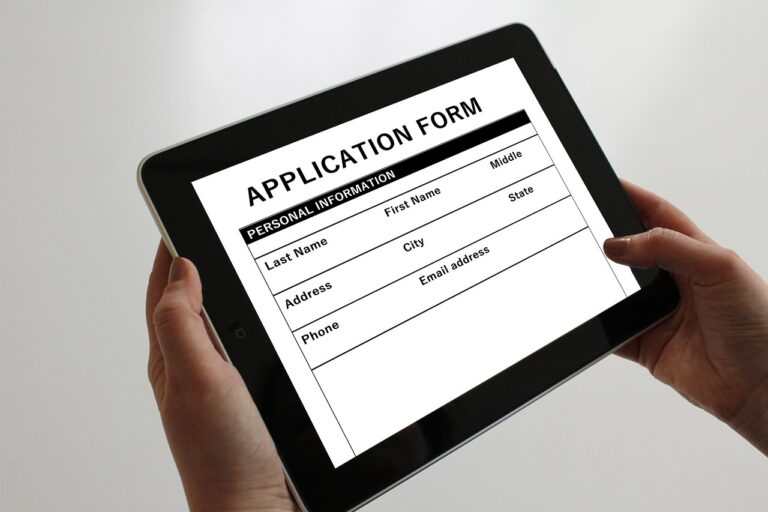Concerns About High Fees
• The Provincial Doctors Association has raised concerns about the high fees for the upcoming medical entrance test conducted by the Pakistan Medical and Dental Council (PMDC).
• This year, around 200,000 students are expected to take the exam, and the current fee structure is considered too high and burdensome for students and their families.
Minimal Facilities Provided
• Despite charging an 8,000 rupee fee per student, the facilities provided are minimal.
• The actual cost incurred per student is estimated to be between 500 to 1,000 rupees.
• There are no provisions for accommodation or meals for students traveling from distant areas, which adds to their financial strain.
Comparison with ETEA
• The Educational Testing and Evaluation Agency (ETEA) conducts engineering tests for only 1,000 rupees.
• ETEA manages to conduct exams efficiently with fewer students (around 8,000), while the MD CAT in Khyber Pakhtunkhwa alone will have 50,000 candidates paying 8,000 rupees each, totaling 400 million rupees.
Financial Implications
• With nearly 200,000 students paying 8,000 rupees each, PMDC will amass a staggering 1.6 billion rupees.
• This amount is disproportionate to the actual costs involved in conducting the test.
• The association argues that medical education should be accessible to all, especially those from underprivileged backgrounds, and high fees are a barrier to this goal.
Demand for Fee Reduction
• The association demands an immediate reduction in the test fee from 8,000 rupees to a more reasonable 1,500 rupees.
• This would alleviate the financial burden on students and their families, making medical education more accessible.
• They also propose that the test be conducted in government centers without any fees, with government medical college staff overseeing the examination process.
Conclusion
• The Provincial Doctors Association’s plea for a fee reduction is a call for fairness and accessibility in medical education.
• Instead of increasing fees, PMDC should focus on providing adequate facilities and support to students.
• Addressing these concerns would ensure that the medical entrance test is both equitable and supportive of aspiring medical professionals.

